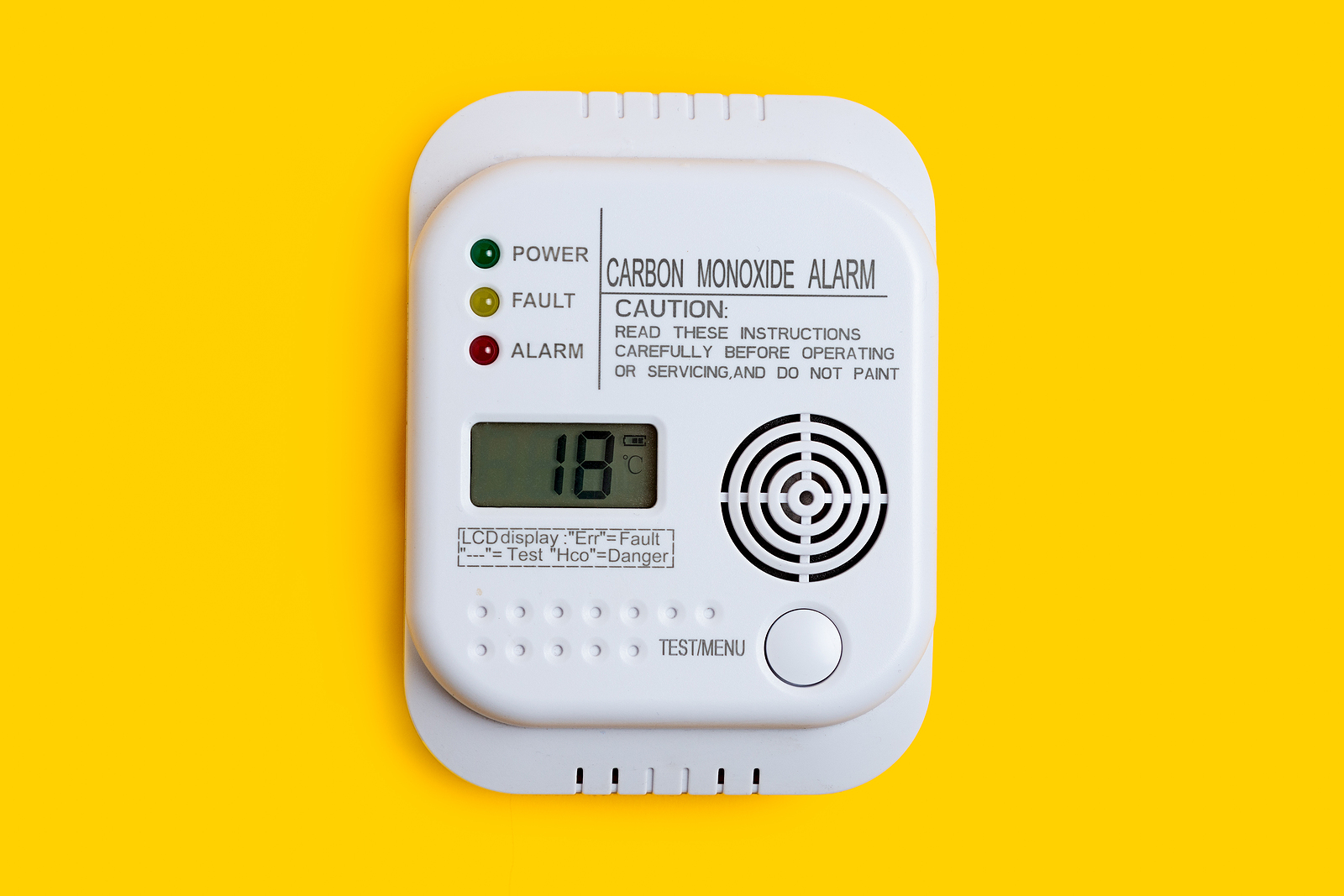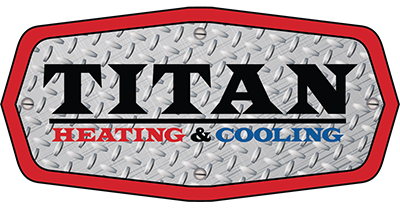
Testing Your Indoor Air Quality: How To Know if You Need To Make a Change
Your home’s indoor air plays an important role in the health of you and your family. Poor indoor air quality can contribute to health problems like asthma and allergies, and the effects of toxins like radon and carbon monoxide can be even more serious.
Testing your indoor air quality is an important part of ensuring your home’s air is safe to breathe. Here’s what you need to know about indoor air pollutants, signs of poor air quality, how to maintain good indoor air quality, and how to test the air in your home.
What Health Hazards Are Commonly Found in Indoor Air?
Your home’s indoor air can be affected by pollutants coming from a number of sources — from the materials used in construction to carpet and furniture fabrics to mold and mildew due to poor ventilation. Some of the most common pollutants found in homes are:
- Mold and mildew: typically grow on surfaces due to ventilation issues or high indoor humidity
- Radon: an odorless, colorless gas and the second leading cause of lung cancer after smoking
- Carbon monoxide: another odorless, colorless gas that can be deadly if left unchecked
- Volatile organic compounds (VOCs): emitted by building materials and household products; can exacerbate existing respiratory conditions
- Particulate matter, including dust mites and other allergens: can cause shortness of breath, chest congestion, or wheezing, and are linked to increased risk of heart-related health issues
When Should I Test My Air? Signs of Poor Indoor Air Quality
For the most part, the Environmental Protection Agency (EPA) doesn’t recommend general indoor air quality testing, and there is no single test that can measure every aspect of the air quality in your home. However, there are specific tests for some pollutants, so it can be helpful to know the signs and symptoms to watch for to determine what tests you will need.
Some indoor air pollutants cause obvious symptoms: for instance, nausea, confusion, dizziness, and headaches are often signs of dangerous levels of carbon monoxide in the home. And mold and mildew are typically easy to spot.
Other pollutants may require a bit more observation to narrow down. Notice, for instance, if you start coughing when you enter a certain room or have health symptoms that disappear when you’re at the office or on vacation. Symptoms of allergens or other particulate matter in your air can include:
- Coughing
- Wheezing
- Shortness of breath
- Scratchy throat
- Watery eyes
Radon, one of the most dangerous substances that can affect your indoor air, causes no immediate symptoms at all — but long-term exposure can lead to serious health problems. This is why radon testing is often performed when a home is sold. If you bought your home many years ago, or a radon test wasn’t done when you bought it, it may be a good idea to have one done now.
How To Test Your Indoor Air Quality
Evaluate any symptoms you are experiencing, along with input from your doctor. Once you have things narrowed down, you can have your home tested for the pollutants you suspect may be an issue.
Radon test kits can be purchased online or in many home improvement stores, or you can hire a professional to do it for you. To test for other pollutants, you’ll need to hire someone.
To find reputable indoor air quality specialists, look to an organization like the Indoor Air Quality Association for a list of members. Or ask a local real estate agent or home inspector for a recommendation — both should have connections to air quality specialists in your area who can help with both testing and mitigation of pollutants.
Ways To Improve Indoor Air Quality
Beyond testing your indoor air quality, there are a few things you can do to prevent air pollution in your home. To improve your indoor air quality:
- Buy an air quality monitor. This is an inexpensive way to pinpoint any pollutants currently in your air and to monitor for future increases in indoor pollutants. Look for monitors that provide measurements for humidity, temperature, VOCs, particulate matter, and Air Quality Index (AQI) (a measure of air quality used by the EPA to determine the risk of health problems).
- Install a carbon monoxide detector. You should have a CO detector on each level of your home. Install them near sleeping areas, about five feet from the floor or on the ceiling.
- Perform a radon test if you haven’t had one done in a while. As mentioned above, you should be able to find radon tests at your local home improvement store.
- Work to control humidity to prevent mold. When the humidity in your home is too high or too low, it can degrade your air quality, leading to negative health effects as well as damage to your home and your belongings. Ideally, keep indoor air humidity between 30 and 50 percent relative humidity.
- Have air ducts cleaned. Regular air duct cleaning can help reduce the presence of asthma and allergy triggers in your air. Changing your air filter helps as well, but even with the highest quality air filters we recommend having your air ducts cleaned professionally every 2-3 years. Bonus: clean air ducts help your heating system operate more efficiently!
- Get an HVAC air purifier. An air purifier can help trap allergens, dust and dust mites, VOCs, smoke, odors, and even bacteria and viruses. Learn more about HVAC air purifiers here.
Titan Heating and Cooling offers air duct cleaning services as well as HVAC air purifier installation. Contact us here or give us a call at 651-714-8931 to learn more or to get on our schedule.


